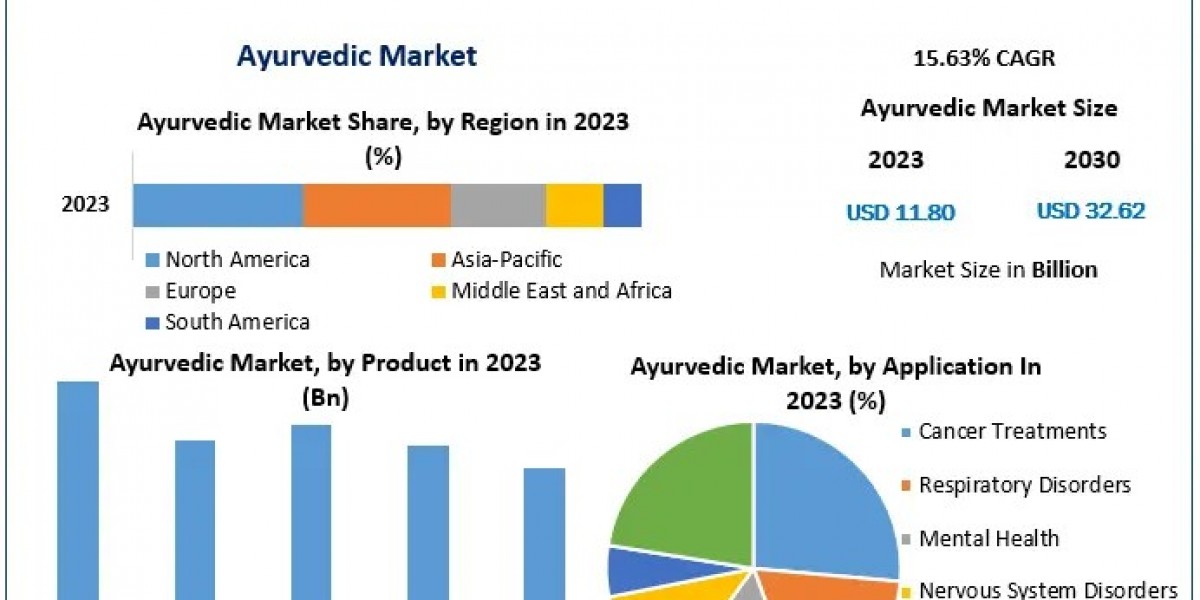When tackling advanced topics in international economics, students often seek detailed guidance to navigate complex theories and policy implications. For those requiring international economics Homework Help, exploring the intricate relationships between global trade policies and economic outcomes can be particularly enlightening. This blog post delves into a sophisticated theoretical question that sheds light on critical aspects of international trade and economic theory.
Question:
Analyze the impact of trade liberalization on developing economies, focusing on how it influences domestic industries and employment. Discuss both the potential benefits and drawbacks, and provide theoretical insights into the mechanisms through which trade liberalization affects these economies.
Answer:
Trade liberalization, the process of reducing or eliminating barriers to international trade, has profound implications for developing economies. This theoretical analysis explores the dual-edged nature of trade liberalization by examining its effects on domestic industries and employment.
Benefits of Trade Liberalization:
Increased Market Access: Trade liberalization opens up new markets for domestic producers in developing countries. By removing tariffs and quotas, developing economies can export goods and services to a broader range of international markets. This expanded access can lead to increased revenue for domestic industries and promote economic growth.
Efficiency Gains: Exposure to global competition often drives domestic firms to enhance efficiency and innovate. The need to compete with international players forces companies to adopt better technologies and practices, which can lead to productivity improvements and long-term economic benefits.
Investment Inflows: Liberalized trade policies can attract foreign direct investment (FDI) by creating a more favorable business environment. FDI brings capital, technology, and expertise, which can further stimulate domestic economic development and job creation.
Drawbacks of Trade Liberalization:
Industry Vulnerability: While trade liberalization can benefit competitive industries, it can adversely affect those that are less competitive on a global scale. Domestic industries that cannot compete with cheaper imports may suffer from reduced market share, leading to potential closures and job losses.
Employment Displacement: The process of adjustment to increased competition can result in job displacement within certain sectors. Workers in industries that face stiff competition from imports may find themselves unemployed or underemployed, leading to social and economic challenges.
Economic Inequality: The benefits of trade liberalization are not always evenly distributed. Developing economies may experience increased economic inequality as certain sectors and regions benefit more than others. This can exacerbate existing disparities and hinder inclusive economic growth.
Theoretical Insights:
The impact of trade liberalization on developing economies can be understood through several theoretical frameworks:
Comparative Advantage: According to the theory of comparative advantage, countries should specialize in producing goods and services for which they have a lower opportunity cost relative to other countries. Trade liberalization allows developing economies to focus on their areas of comparative advantage, potentially enhancing overall economic efficiency.
Heckscher-Ohlin Model: This model suggests that countries will export goods that use their abundant factors of production and import goods that use their scarce factors. For developing economies, trade liberalization can lead to a more efficient allocation of resources, though it may also expose them to greater economic risks if they rely heavily on a narrow range of exports.
Kaldor’s Growth Laws: These laws highlight the relationship between manufacturing growth and overall economic development. Trade liberalization can stimulate manufacturing growth in developing economies by providing access to larger markets and fostering industrialization. However, the benefits are contingent upon the ability of domestic industries to adapt and grow.
In conclusion, trade liberalization presents both opportunities and challenges for developing economies. While it can foster economic growth, efficiency, and investment, it also poses risks to domestic industries and employment. Understanding these dynamics requires a comprehensive theoretical approach, integrating insights from various economic models and theories. For students and professionals seeking deeper insights into these complex issues, expert assistance in international economics can be invaluable







